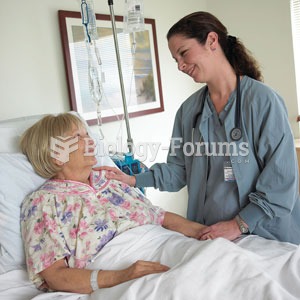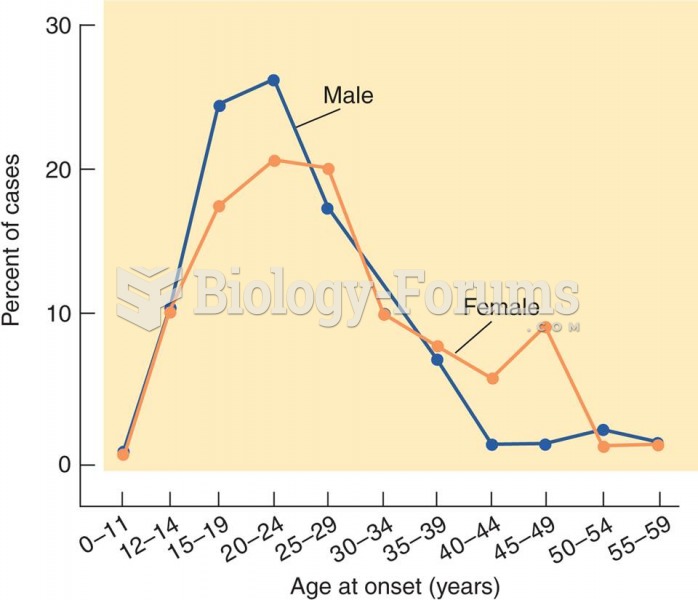The nurses and other staff have increased vigilance over the patients in the unit because of several high acuity admissions. Which statement does the nurse manager assess to be true?
1. The staff should place the patients who are violent in seclusion to keep others safe.
2. The staff is likely overestimating the perceived danger from these patients.
3. Greater vigilance may prevent the staff from interacting with patients proactively.
4. This heightened awareness is the way the staff should always function, ideally.
Question 2
A nurse manager believes that one of the nurses on the mental health unit has developed burnout and depersonalization. Which actions by the nurse support this evaluation? Select all that apply.
1. Calling in sick almost every other week.
2. Forming a committee to focus on improving staff satisfaction.
3. Starting a yoga class for the patients on the evening shift.
4. Taking her breaks at different times than her co-workers.
5. Working on many of the occasions when unit acuity was high.
Question 3
Which behavior by a psychiatric-mental health nurse manager is most likely to promote a safe and healing environment on the unit? Select all that apply.
1. Making sure the budget is balanced every month
2. Maintaining a restraint-free/seclusion-free environment
3. Having a birthday party each month so staff can socialize
4. Moderating in nurse/physician disagreements when they arise
5. Using national benchmarks to advocate for optimal staffing ratios
Question 4
A patient who is agitated and aggressive has threatened two staff members. After other less invasive interventions fail, the nurse calls the physician and obtains an order to physically restrain the patient.
Which statement regarding restraint use is correct?
1. The patient must be assessed every 6 hours.
2. The order must be written as PRN confusion.
3. The doctor must assess the patient every other day.
4. The patient must be educated about the use of restraints.







